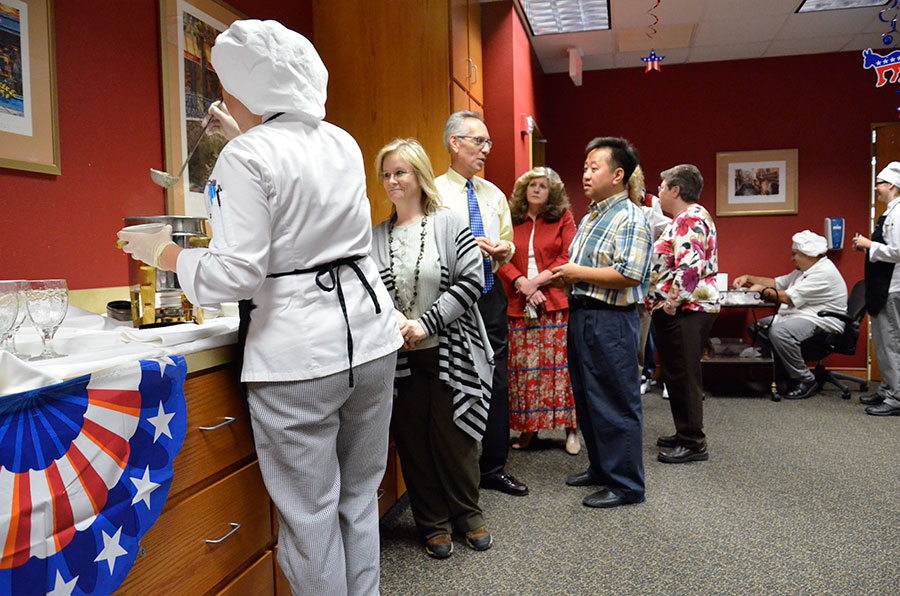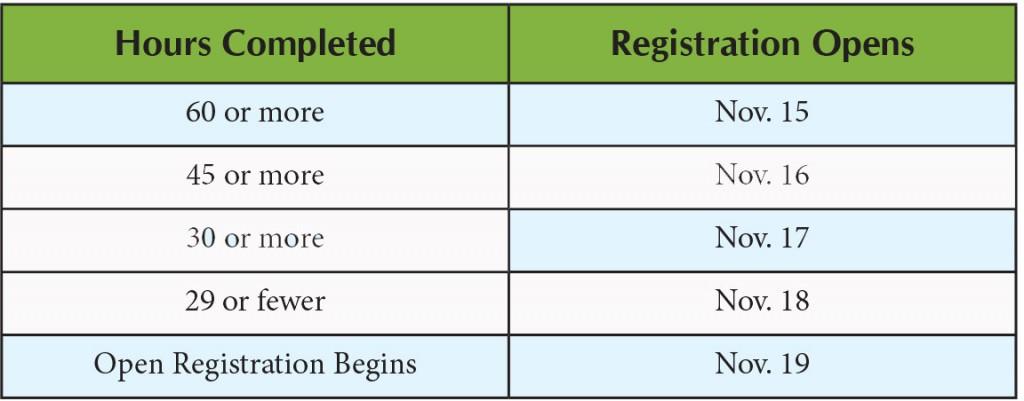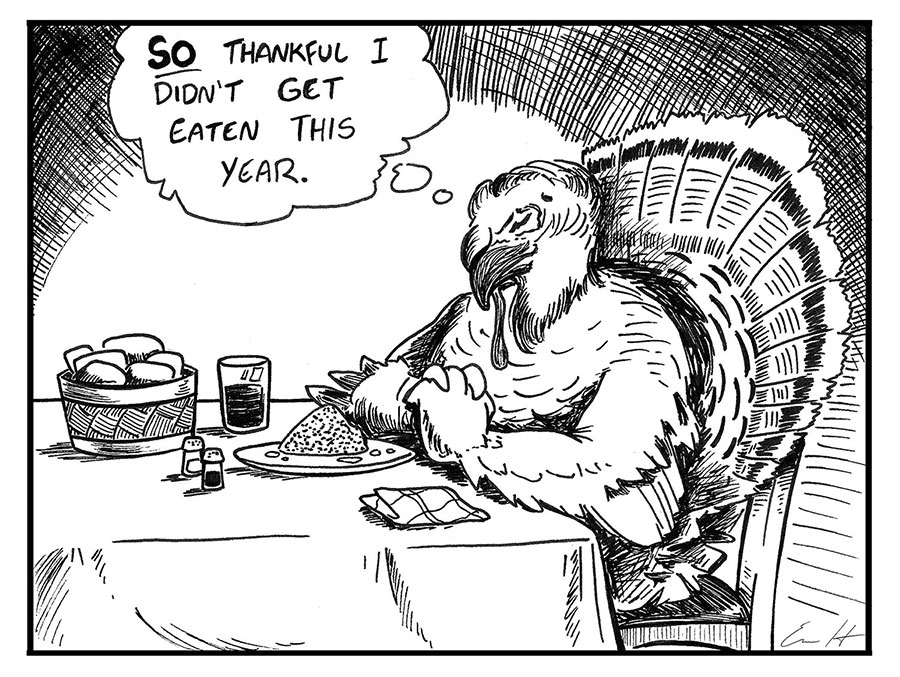By Shu Patel/reporter

Photo courtesy Scott Livingston
Women are still not respected in many areas of India, students learned last week.
South and NE campuses hosted India 2013 – The Plight of Women, a women’s multicultural seminar, Nov. 6 and 7 with Desiree Livingston, who lived in India for three years with her two sons and a daughter to aid women in certain areas of India.
“You can tell the condition of a nation by looking at the status of its women,” she quoted Jawaharlal Nehru, the first prime minister of India.
Livingston described the role women have played in the past and explained the role of women in families and in society as well as the Indian caste system.
In many parts of India, “a woman is classified a little above that of a slave,” she said.
Many women are looked down upon, not treated well by their husbands and abused sexually and physically every day, Livingston said. Such actions are considered a daily routine or part of life in many areas although the Indian government has tried to reform such thoughts and has tried to give women more rights.
Recently, the Indian government passed a law allowing women to divorce their husbands since only men could do so before. However, those who divorce are often considered outcasts and are excommunicated, Livingston said.
“Challenges to women are immense in India,” she said.
Livingston heard many stories from Indian women who said they would wake up at 5 a.m. every day to do chores. Often, their husbands would come back after work and abuse them.
India is one of the worst nations to be born as a female, Livingston said. However, she does believe there is “much potential” and expects, through politics and ongoing women’s rights campaigns, that Indian society will see women as a strength and not a weakness within the next few years.
“India will emerge,” she said.
Although it has weakened, the power of the Indian caste system has been around for hundreds of years and is still followed by some. The role one plays in the caste system is one the individual is born into. An individual has no choice in the matter. Livingston said there are not many ways to move up in the caste system aside from acquiring wealth or education.
“The only other way to leave the caste system is by converting to Christianity, but those who do are usually considered outcasts,” she said.
The more wealthy families tend to not follow the caste system as much as the lower-income families, Livingston said.
“Although it is a very old system, it gives many people in society an identity,” she said. “They don’t have to find their identity as they would in the West.”
The Indian caste system consists of five classifications in order of high to low ranking: Brahmins, Kshatriyas, Vaisyas, Sudras and untouchables. The top begins with persists and arbiters followed by soldiers and administrators. After that come the merchants and then the farmers and peasants, which the majority of people in India fall into. The last caste is one that represents those who perform the most menial and degrading jobs, Livingston said.


























